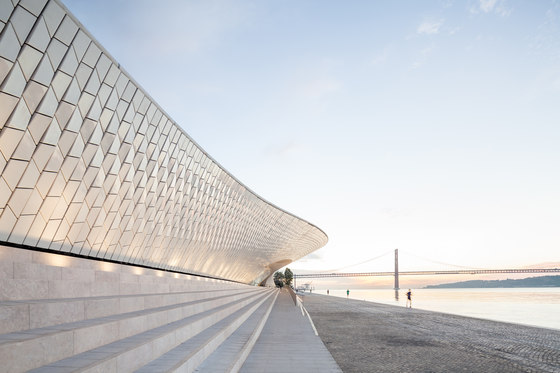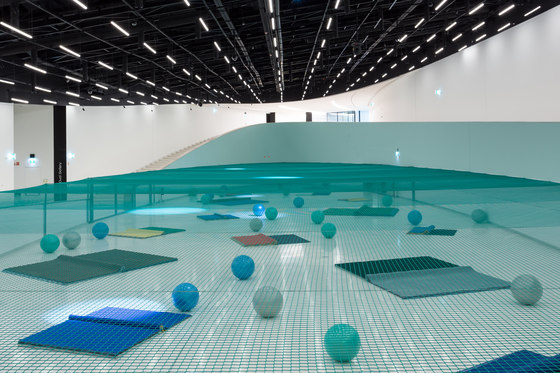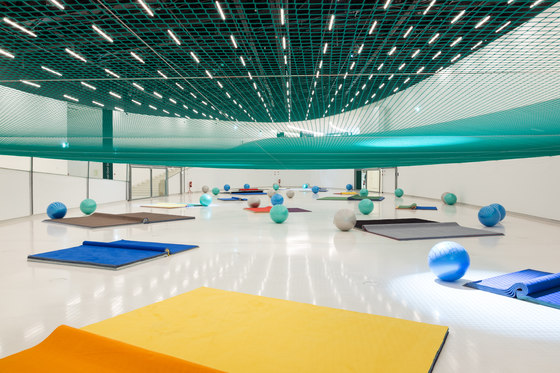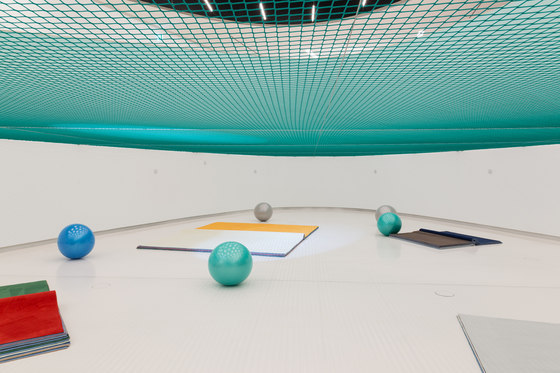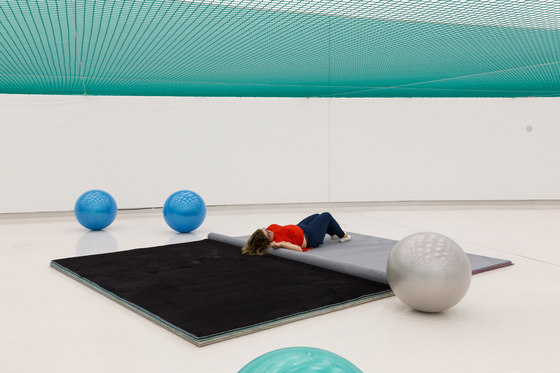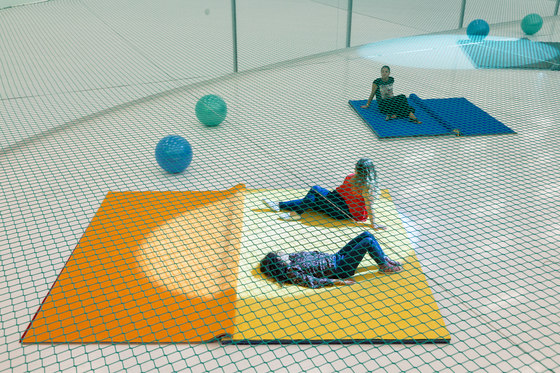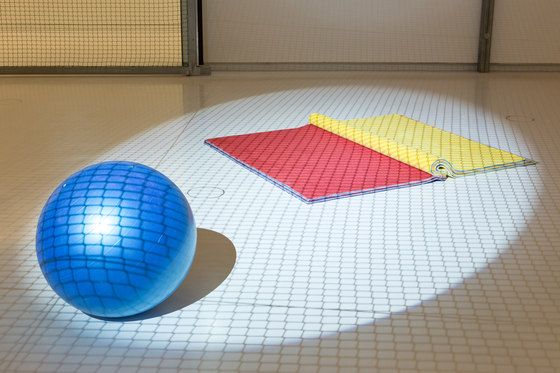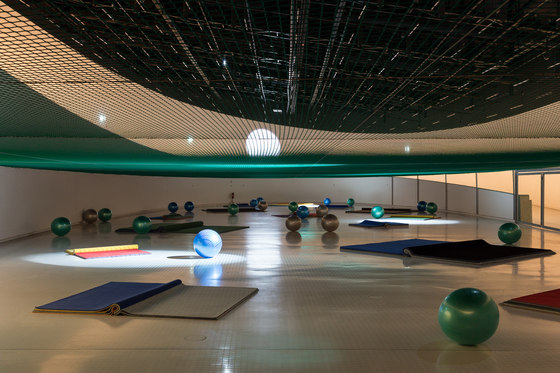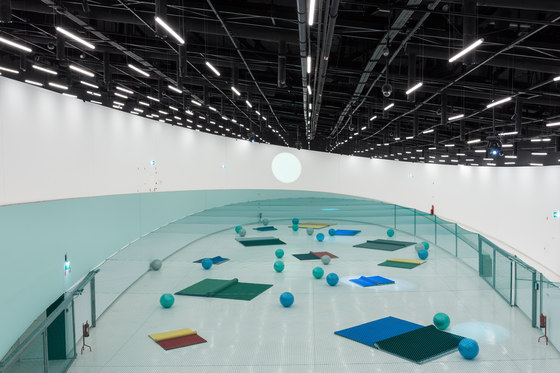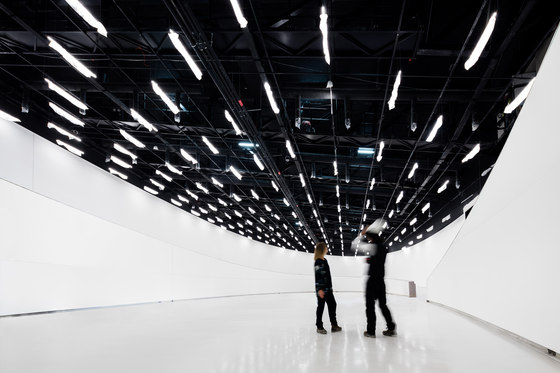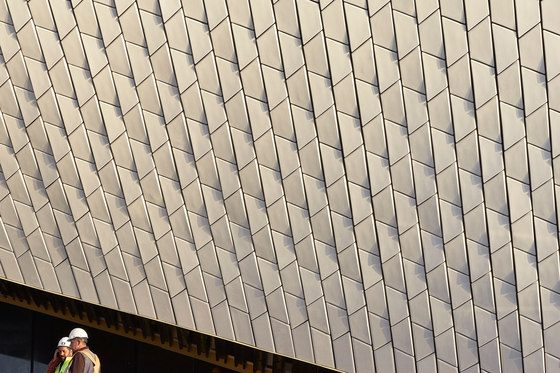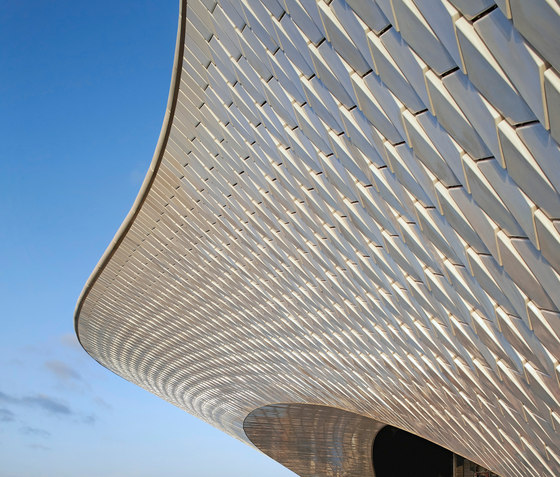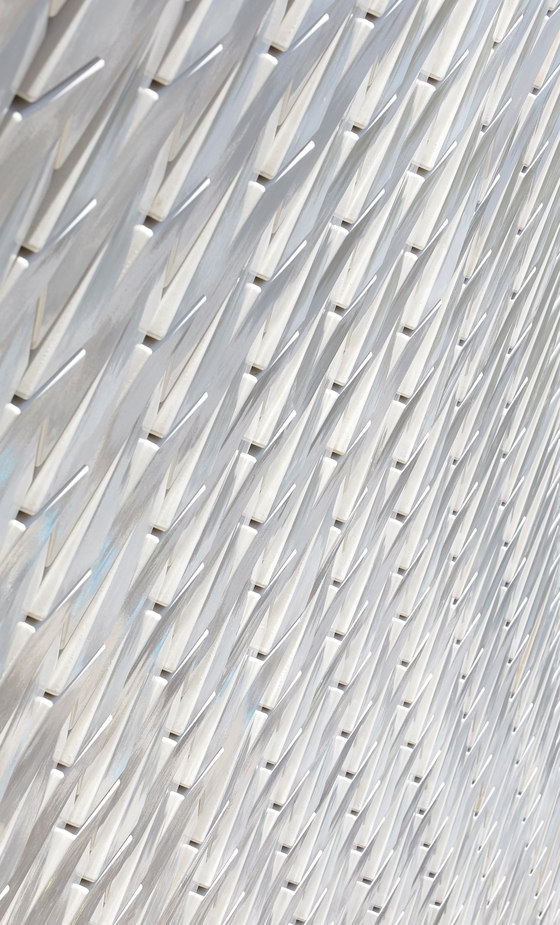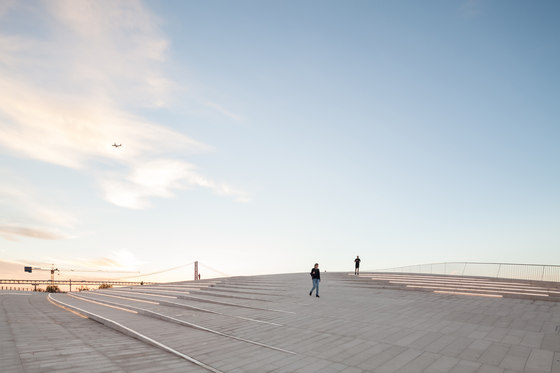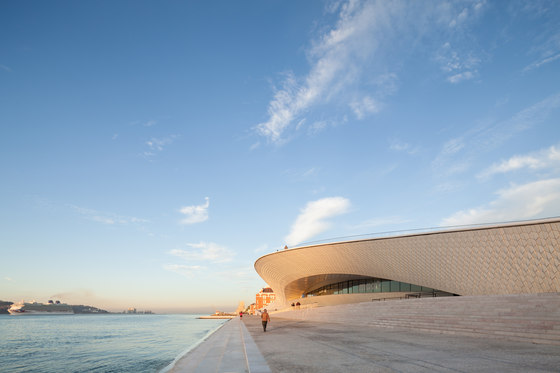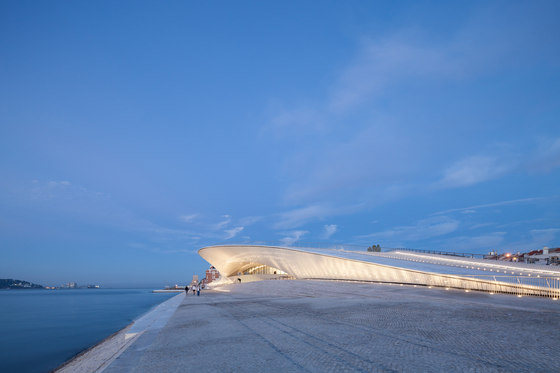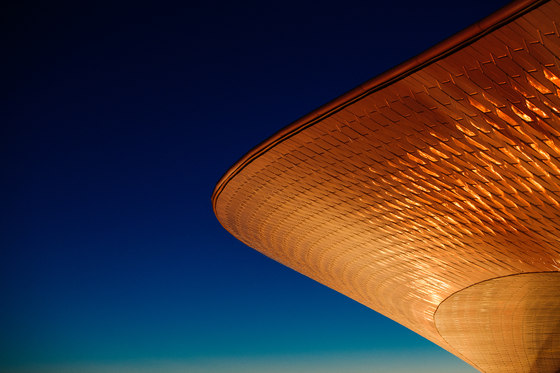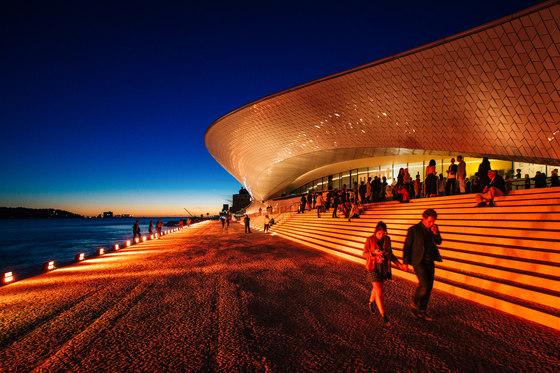Housed within two buildings and spanning a vast outdoor site, MAAT will explore contemporary culture through visual arts, new media, architecture, technology and science. It will comprise the elegant new kunsthalle designed by AL_A, the architecture practice headed by British architect Amanda Levete, and the recently renovated Central Tejo power station. The new museum complex is located on the EDP Foundation Campus, which is at the heart of an exciting urban revitalisation along one of Lisbon’s most historic waterfronts.
Speaking about the EDP Foundation’s commission, António Mexia, CEO of EDP Group and Chairman of EDP Foundation, said: “MAAT will restore the historic connection between the city and the water. It will be a hub for attracting people who come here to enjoy art and architecture. More than that, however, it will draw people from the heart of the city to the panoramic views along the Tagus estuary, a riverfront area that has long been neglected, but thanks to MAAT, will become a vibrant new destination within Lisbon.”
Pedro Gadanho, Director of MAAT, added: “With its unique industrial heritage, a growing collection of Portuguese art and an innovative exhibition programme, MAAT will be a cultural space of discovery, critical thinking and global dialogue. MAAT will not only support the work of Portuguese artists and curators, but will also offer them a platform to connect with the international art community.”
The new kunsthalle
AL_A’s new kunstshalle, which contains four distinct gallery spaces, captures the essence of the exceptional 38,000 m2 riverside site and its extraordinary light. Blending structure into landscape, and conceived to create significant new public spaces, it is designed to allow visitors to walk over and under, as well as through the building, while the undulating roof offers panoramic views towards the river and across Belém. The building creates a constantly changing place filled with aquatic reflections that interplay with the overhanging façade covered in 15,000 three-dimensional tiles, a reference to Portugal’s rich tradition of ceramics.
The new kunsthalle will launch in two phases. Following its inauguration this month, the second phase is set to launch in March 2017 with the opening of an elegant pedestrian bridge, also designed by AL_A, that lands on the kunsthalle roof, making the campus and waterfront more accessible to the city. The completion of the architectural project will also include the opening of a restaurant, as well as a park designed by Vladimir Djurovic Landscape Architecture.
Speaking about the design, Amanda Levete, Principal of AL_A, commented: “In understanding EDP’s ambition for Lisbon, our design draws on the context of the site, creating both physical and conceptual connections to the waterfront and back to the heart of the city. “The waterfront is so essential to the project that the design literally reflects it. The overhanging roof that creates welcome shade is used to bounce sunlight off the water and into the Main Gallery, one of the four interconnected exhibition spaces.”
Key inaugural project: Utopia/Dystopia, Part I and II
To celebrate the official opening of MAAT, the museum will present its first site-specific commission addressing the dual theme of Utopia/Dystopia. At nearly 1000 m2, Pynchon Park will occupy the new kunsthalle’s central Oval Gallery and is the third large-scale environment created by artist Dominique Gonzalez-Foerster, following TH.2058 at Tate Modern (London, 2018) and Ballard Garden at De Singel (Antwerp, 2014). Bringing together media, literature and dystopia, the artist offers a fictional setting in which an extra-terrestrial has taken over the world and designed a park as a place to observe human behaviour under the best possible conditions.
The second part of the Utopia/Dystopia exhibition project will open in March 2017 to coincide with the completion of the MAAT site. Installed in the three remaining exhibition galleries in the new kunsthalle, Utopia/Dystopia Part II will be a large group show featuring more than 60 works by a range of international artists and architects. The show will reveal how the two fields have represented ideas of utopia, or anticipated emerging notions of dystopia, since the 1970s, with a strong focus on work produced over the last five years. Participants include Archigram, Andreas Angelidakis, Kader Attia, Pedro Barateiro, James Beckett, Jordi Colomer, DIS Collective, Didier Faustino, Cao Fei, Ângela Ferreira, Yona Friedman, Michael MacGarry, OMA, Tabor Robak, André Romão, Aldo Rossi, Michael E. Smith, Jonas Staal, Hito Steyerl and Superstudio, among many others.
Other opening exhibitions and inauguration events
The inaugural programme also includes the opening of two new exhibitions in addition to Dominique Gonzalez-Foerster’s Pynchon Park. In its Central Tejo building, MAAT will present The World of Charles and Ray Eames, organised in partnership with Barbican Centre in London. Coinciding with the opening of MAAT, the city-wide 4th Lisbon Architecture Triennale will present one of its main exhibitions, The Form of Form, in the power station’s courtyard.
The new exhibitions at MAAT Central Tejo will join Second Nature which draws on research into the archive of the EDP Foundation Art Collection, taking account of current debates on the natural world and its representations. In the monumental Boiler Room, Artists’ Film International represents the 2016 iteration of the programme dedicated to exhibiting videos, films and animations produced by artists from around the world, launched in 2008 by the Whitechapel Gallery in London. The London-based Portuguese photographer Edgar Martins takes over the Astray 8, also in MAAT Central, to present Siloquies and Soliloquies on Death, Life and Other Interludes, the result of a long period of research at the Institute of Forensic Medicine in Lisbon.
Amanda Levete
